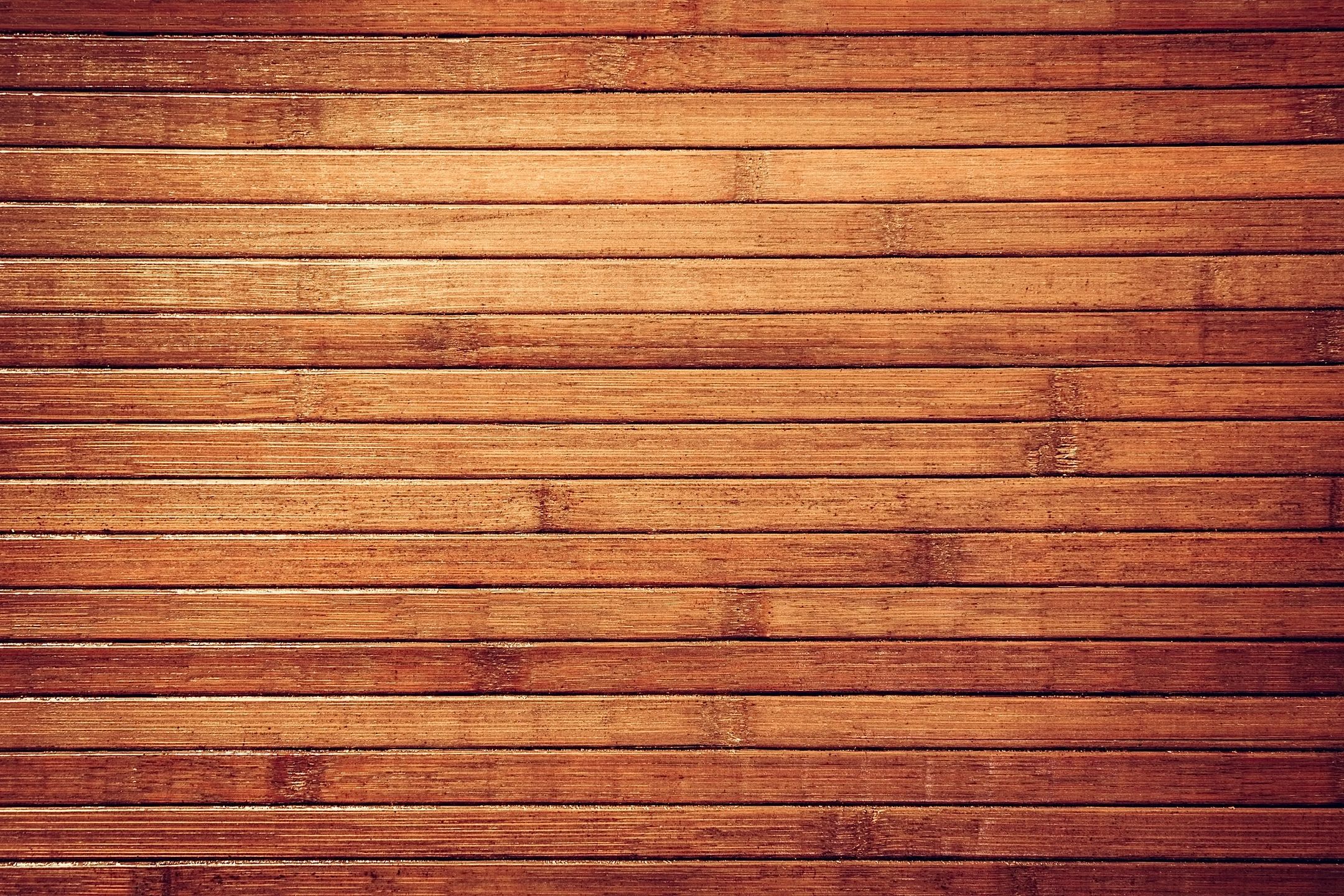One thing we’ve found out recently is that there is no drayage in virtual exhibits…cool! By the way, there’s also no regard for physics in virtual experiences, so you can design the components of your dreams without ‘are you crazy?!’ questions coming from the engineering department.
When safe and well-prepared physical experiences come back into the wild we want to be ready. A good discussion to be having now is where and when to use lightweight materials so you can get the best return on your investment moving forward.
Inevitably, most conversations with clients circle around to a discussion on weight. Before COVID-19, drayage prices were skyrocketing (let’s see if that changes as the industry starts to come back) and more lightweight components were being developed for trade show use.
These components typically come in the form of modular, light aluminum hardware that can be used to fit any number of use case scenarios.
How you can maximize the benefits of lightweight components without sacrificing aesthetic or function?
Below are 7 tips on how to determine whether you should user lighter weight materials. (as ‘lightweight’ is a relative statement)
This discussion, however, needs to be looked at through the microscope of experience, and boy do we have a lot of that…
The key to lightweight elements is to know the strengths of the materials and how to best use them.
1 – it’s not for structure
Lightweight should be used carefully. If you’re trying to use it for structural elements, it can come across feeling cheap and flimsy. For instance, if you’re trying to create a double deck, skimping on sturdier materials for lightweight may not be the right application. When you open doors, the framing may shake and the doors may rattle. Even with overhead canopies, we are very careful when using lightweight components so that the horizontal doesn’t bow, or create lines that don’t reflect a finished look and feel.
2 – lightweight + graphics = perfect
If you’re combining lightweight elements with walls, it creates an almost perfect function. Throw in large graphics for an even better solution.
There are some challenges, however, that you’ll need to be aware of:
-
Adding heavy elements to the walls isn’t particularly easy. Monitors, display cases, etc. are doable, but will need some pre-planning. See point #1 above for the door comment as well.
-
Sometimes you’ll sacrifice flexibility. Because of the nature of the material, if you create a large, seamless graphic in fabric, it will reduce the flexibility for future uses.
-
Security… these walls act as enclosures and theft deterrents vs. secure enclosures. This needs to be tempered with the fact that usually in trade shows, rooms don’t have ceilings to prevent someone from climbing over anyway.
None of these issues are insurmountable but should be considered in the planning phase. Often if we’re working with a client we will have the resources available on site to make changes as necessary but rushing around trying to find these during install is not a great idea.
3 – be careful with counters
This goes hand-in-hand with #1. Anything you’re going to put weight on, you need to make sure it’s solid. So be careful when using lightweight structures for counters, especially if you think you’re going to have potential customers leaning on them. We don’t want them to be unstable, subtly affecting how your brand is being represented.
4 – know the limitations
These components need to be manhandled a bit to be put together. Make sure care is taken to keep the components clean. Dirty hands can turn a white wall into a less-than-white wall in a few seconds. Also, these types of wall panels will not necessarily last as long as traditional laminated panels. Those are built to withstand everything from a 100 show schedule to shipping to Chicago in –10 degree weather. Lightweight panels are not.
5 – eliminate the seams
Adding large graphics or even just using a one color fabric to create a wall surface is a great way to create a lightweight, seamless (or as visually close to seamless as you can get) brand statement. In a world where 4×8 panel seams have been the bane of every exhibit manager’s existence… this is a great, lightweight solution.
6 – know your goals
Generally, lightweight walls are not very soundproof. If you want to reduce sound at a show, look into adding additional components (infill panels) to the wall. Then re–evaluate to confirm it still satisfies your initial goals. Also, if you’re going to use lightweight walls for a storage room, consider that leaning boxes or product against the walls, could be a problem. Heavy items may push through the wall into the adjacent room, even going so far as to pull off the fabric.
7 – know how the elements are installed.
Being able to reduce weight means nothing if you increase the install time significantly. If this is the case, it won’t necessarily save you money and will inevitably lead to more hassle and frustrations on site. We have spent years figuring out how to engineer these pieces to be efficient. Discussing where fabric starts and stops, colors of reveals, exposed hardware, etc. are details that need to be taken into consideration.
There are real advantages to using lightweight materials, but knowing the drawbacks is an important step to being able to implement them effectively.

